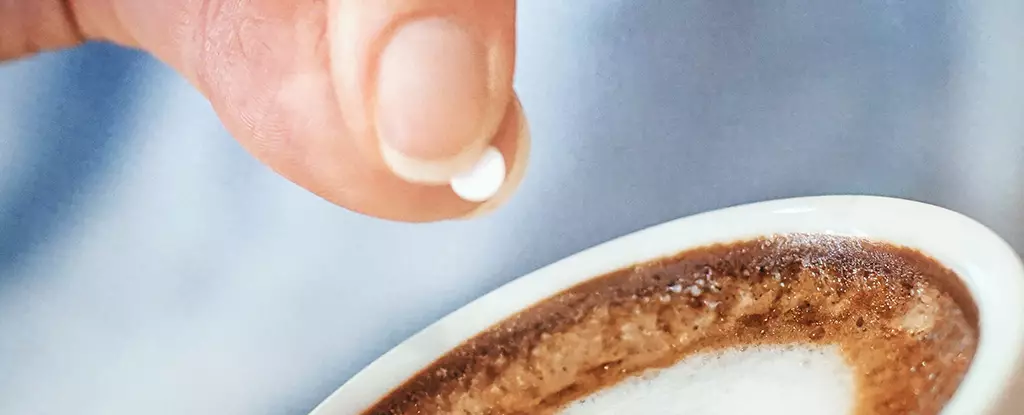In a world increasingly plagued by the rise of antibiotic-resistant bacteria, the search for innovative solutions has never been more urgent. A recent study conducted by researchers at Brunel University has uncovered the unexpected antimicrobial properties of saccharin, a widely used artificial sweetener. While the debate over the health impacts of artificial sweeteners continues, this research shines a light on saccharin’s potential to become a valuable tool against one of modern medicine’s most formidable challenges: antibiotic resistance.
Understanding Antibiotic Resistance
Antibiotic resistance poses a grave threat to public health globally. Strains of bacteria that have developed immunity to existing antibiotics are resulting in millions of fatalities each year. This crisis demands that medical professionals find new ways to combat infections—especially those that are resistant to common treatments. The increasing prevalence of these “superbugs” emphasizes a pressing need for innovative therapeutic strategies, making the findings of the Brunel University study particularly timely.
Saccharin’s Role in Disrupting Bacterial Growth
The research led by microbiologist Ronan McCarthy investigated how saccharin interacts with various bacterial strains. In controlled laboratory settings, saccharin displayed a remarkable ability to compromise the structural integrity of pathogenic bacteria such as Staphylococcus aureus and Escherichia coli. According to McCarthy, saccharin disrupts the walls of these microbes, causing them to distort and eventually burst. This fatal damage opens the door for antibiotics, allowing them to invade the bacteria more effectively and override their resistance mechanisms.
What stands out is the researchers’ innovative approach: instead of creating entirely new compounds (which often require billions in funding and decades of development), they are repurposing an already established substance. This revelation could mark a revolutionary shift in how we think about medication development—utilizing existing materials to enhance existing treatments.
Implications for Wound Care and Treatment
Beyond its antibacterial qualities, the study delved into practical applications of saccharin in clinical settings. The research team created a surgical dressing incorporated with saccharin, which outperformed conventional materials like silver in reducing bacterial levels in lab tests on pig skin. This suggests that saccharin could provide not just a theoretical advantage but a practical one in therapeutic applications. With the escalating demand for effective wound care solutions amid rising infections, saccharin could indeed serve as a powerful ally.
Balance in Research: Potential Benefits and Side Effects
While the microbial combat potential of saccharin is exciting, the research community must approach it with caution. Artificial sweeteners have diverse effects on metabolism and gut health, many of which are not yet fully understood. The drive to find solutions to antibiotic resistance should not come at the cost of overlooking potential negative health consequences associated with saccharin and similar compounds. A thorough understanding of saccharin’s full impact on human health is essential before considering its widespread use in medical treatments.
The Road Ahead: Initial Successes and Future Research
While the preliminary findings regarding saccharin offer a glimmer of hope, they also serve as a reminder that extensive clinical testing is required before any definitive conclusions can be drawn. The success achieved in laboratory experiments must translate into real-world applications to confirm efficacy in human patients. Furthermore, there is a pressing need for funding and support for further research into antibiotic resistance strategies, including exploring the full potential of saccharin as a therapeutical agent.
The urgency cannot be overstated. As antibiotic resistance continues to escalate, innovative approaches like the one proposed in this study are critical. The unique properties of saccharin could pave the way for remarkable advancements in combating superbugs, although we must remain steadfast in investigating all potential impacts. Saccharin, it seems, could emerge as an unexpected hero in this ongoing battle for public health, but the journey from lab results to widespread application is complex and fraught with challenges.


Leave a Reply